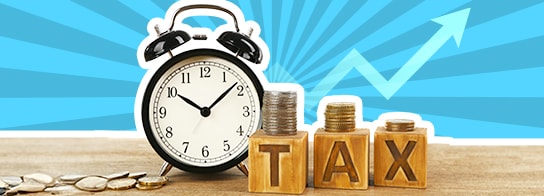Here are practical tips to effectively lower your credit card interest rates and save money on monthly payments:
Improve Your Credit Score
Your credit score directly impacts the APR on credit cards that banks offer you. Paying bills on time, reducing debt, and managing your credit wisely can improve your score significantly. With a higher score, banks are more likely to offer lower interest rates.
Negotiate With Your Bank
You can often get lower interest rates on credit cards simply by speaking to your bank. Banks may reduce your APR to retain you as a customer, especially if you've consistently made timely payments. Being proactive and reaching out directly can lead to immediate savings.
Compare Different Credit Card Offers
Different banks provide varying credit card interest rates, so switching cards could save you considerable money. Look for promotional offers or cards with lower ongoing APRs that match your financial needs. Always compare multiple offers thoroughly before choosing a card.
Use a 0% APR Credit Card
A 0% APR credit card offers a promotional period with no interest on purchases or transfers. These cards help you manage large purchases or consolidate debt without paying interest during the promotional term. Always check how long the promotional period lasts, as standard interest rates apply afterward.
Consider a Balance Transfer
Moving your debt to a credit card with a lower APR on credit cards can greatly reduce your interest charges. Many banks offer introductory low-interest or 0% APR periods specifically for transferred balances. Ensure you pay off your transferred balance within the promotional period to avoid future high-interest charges.






































